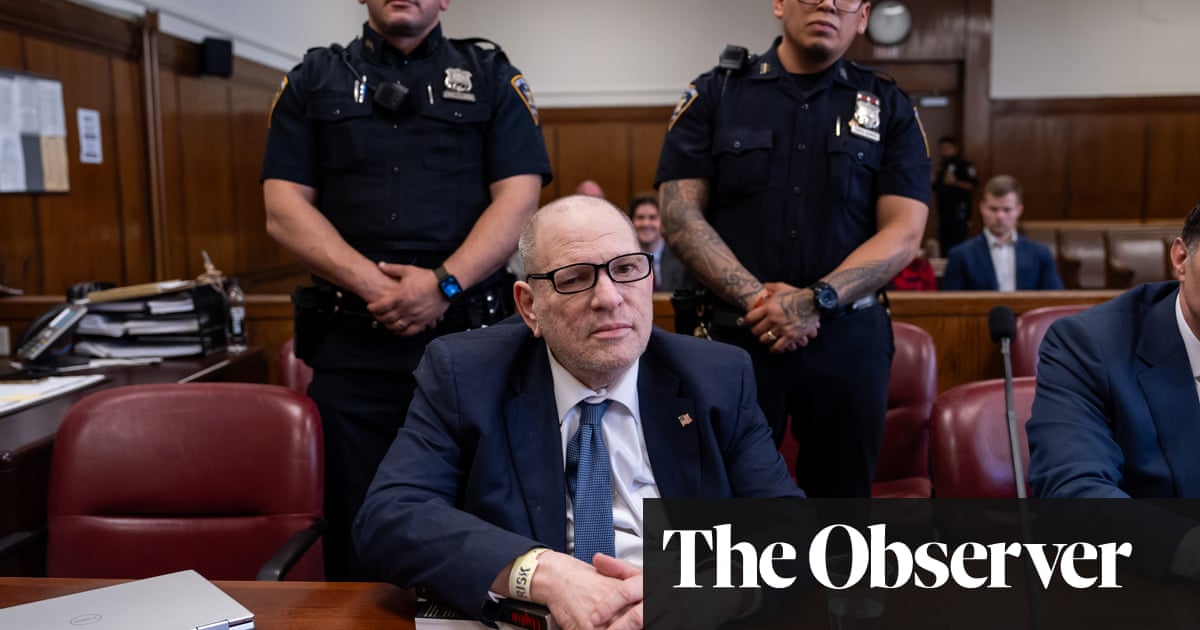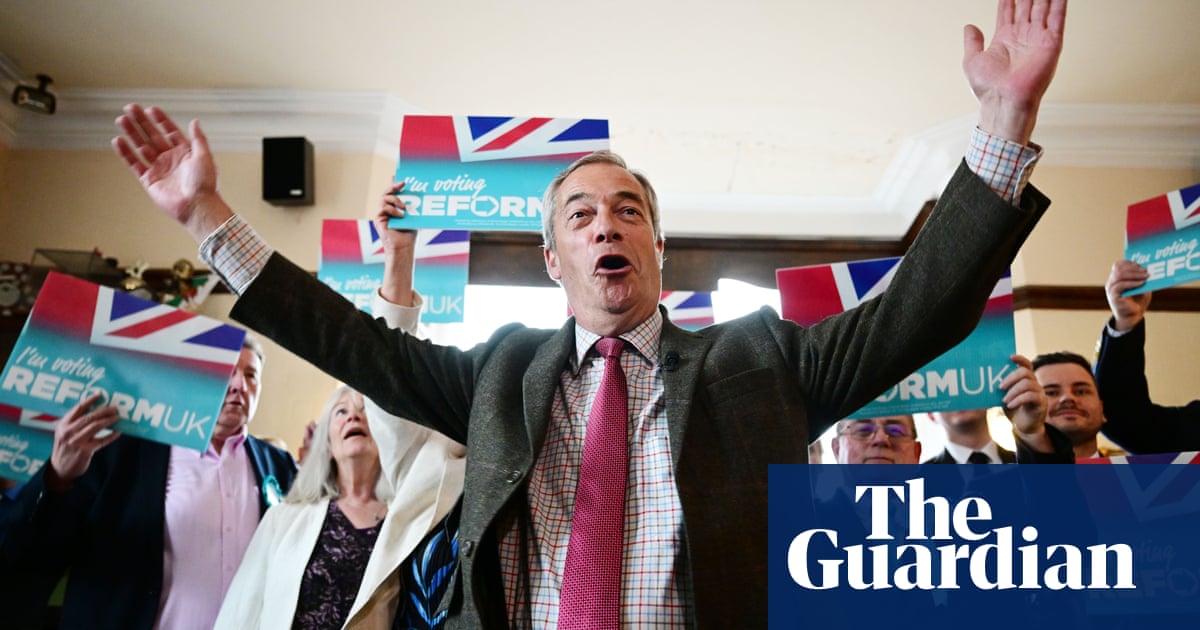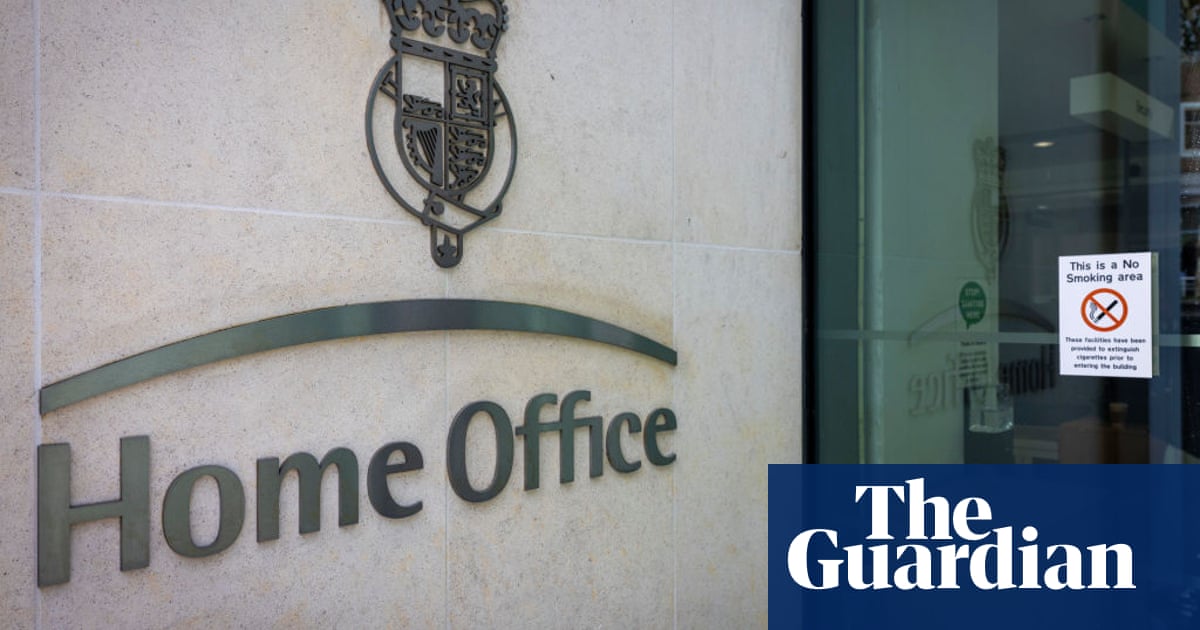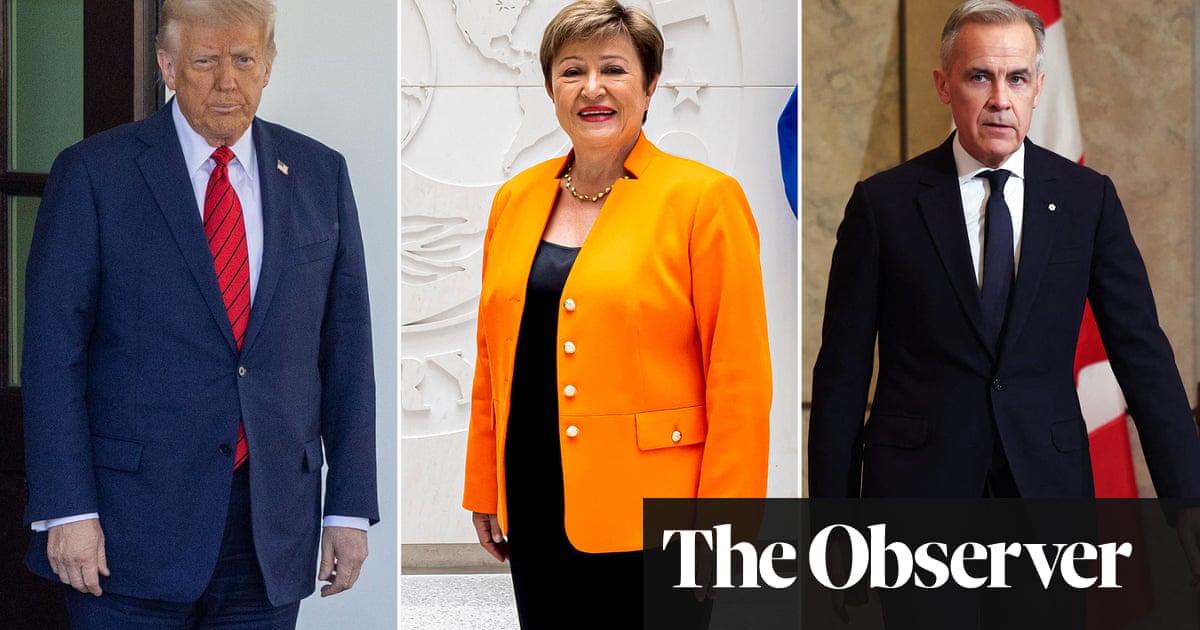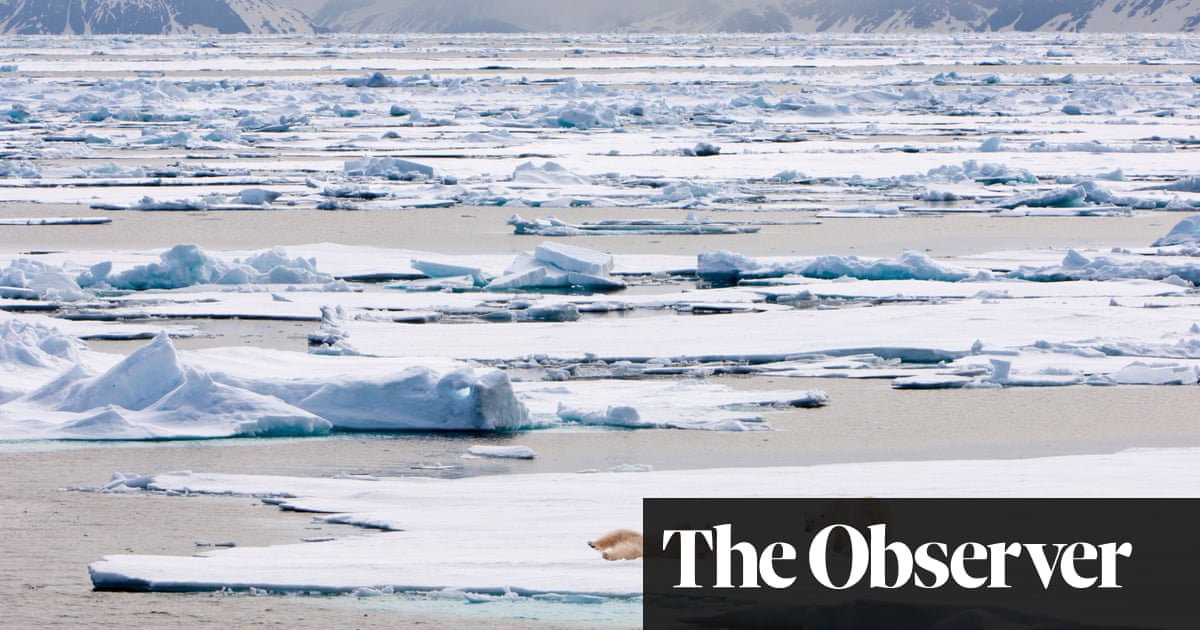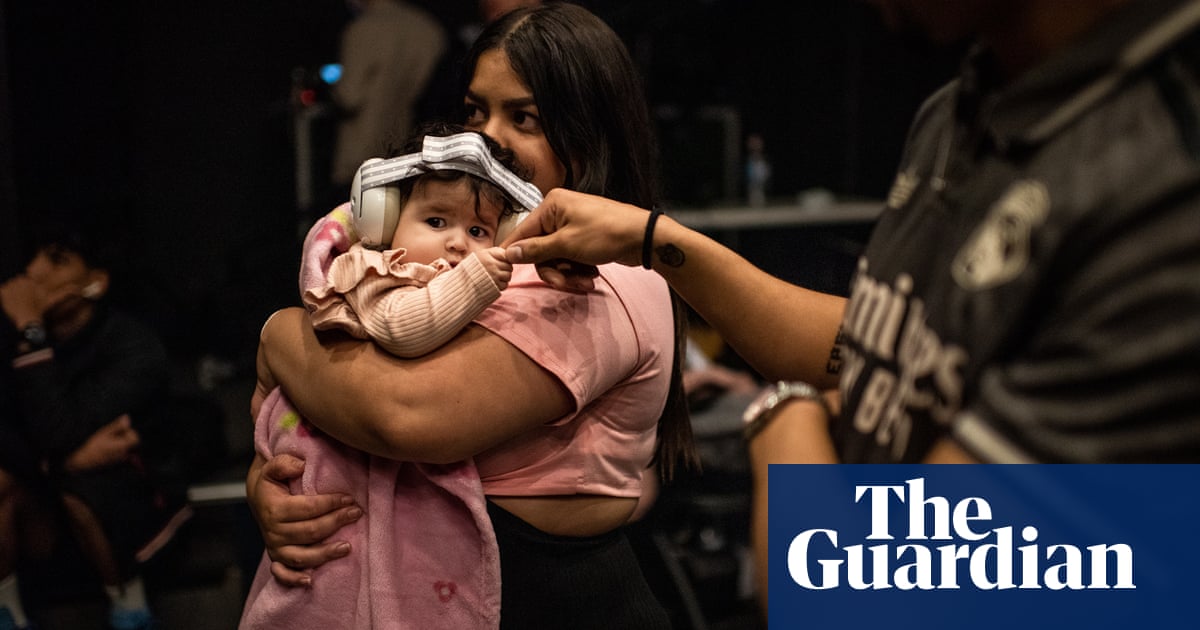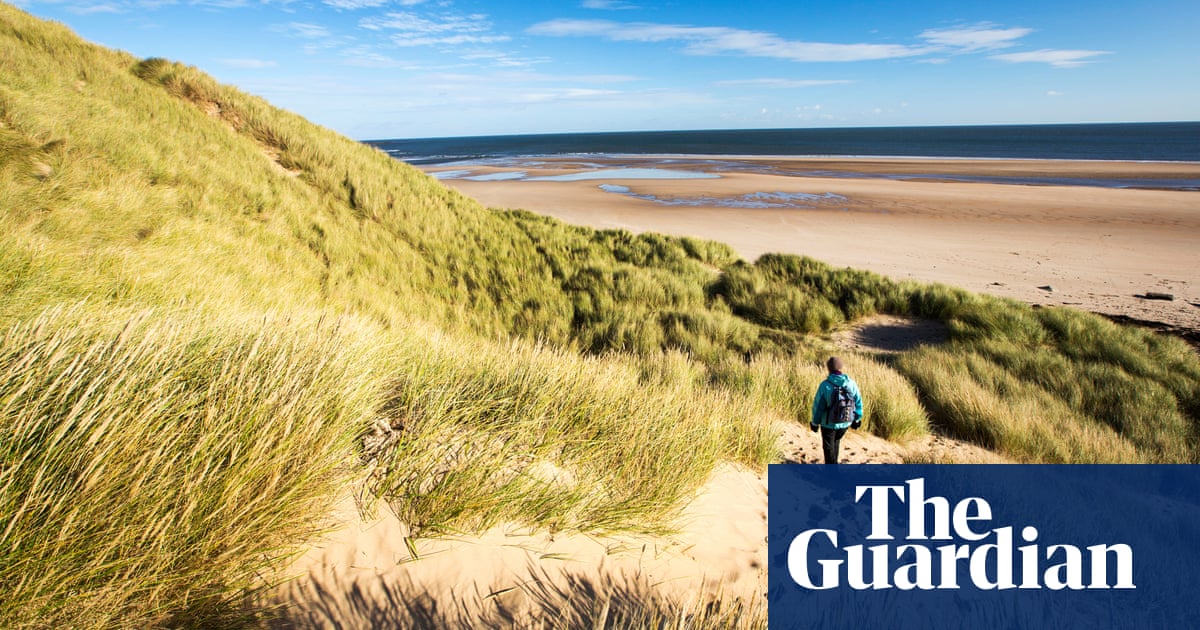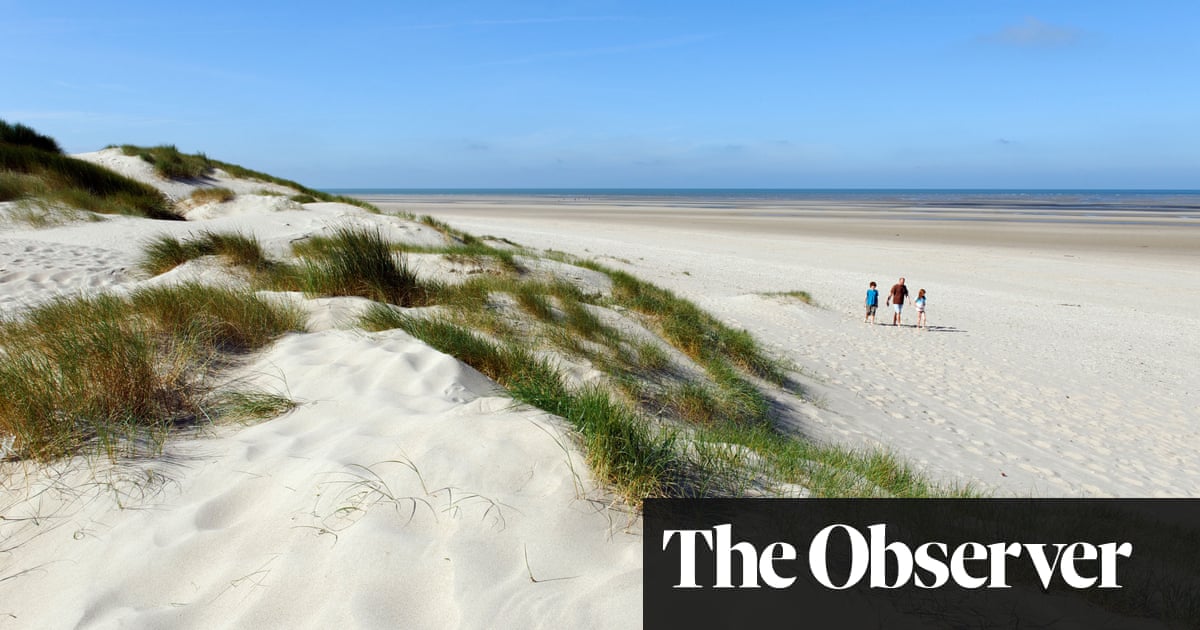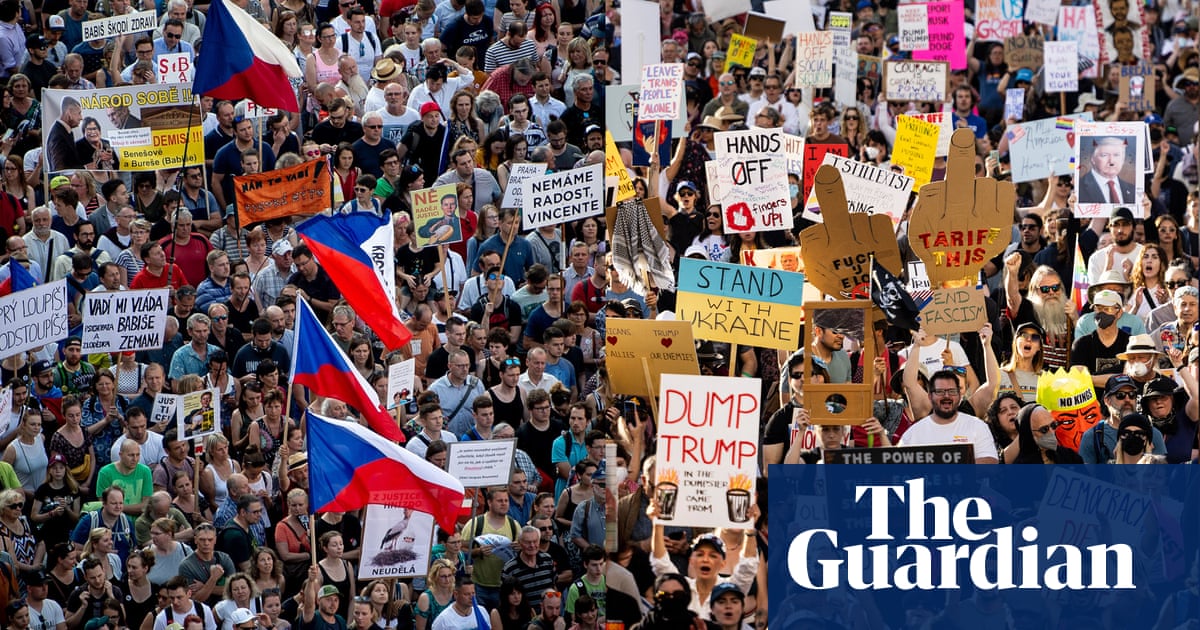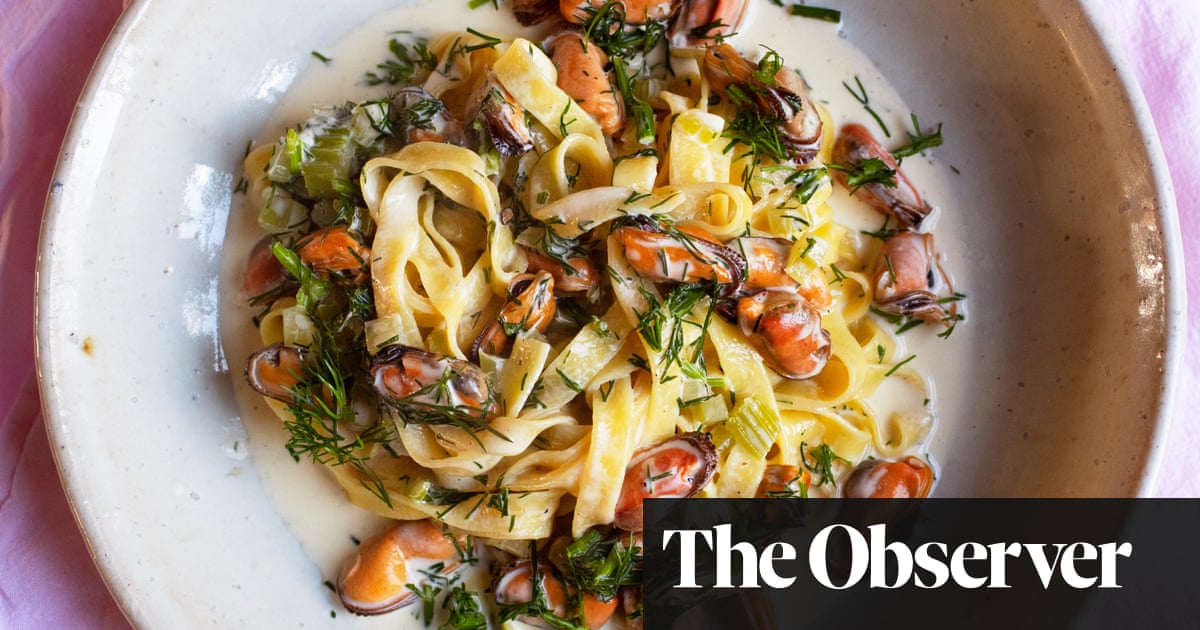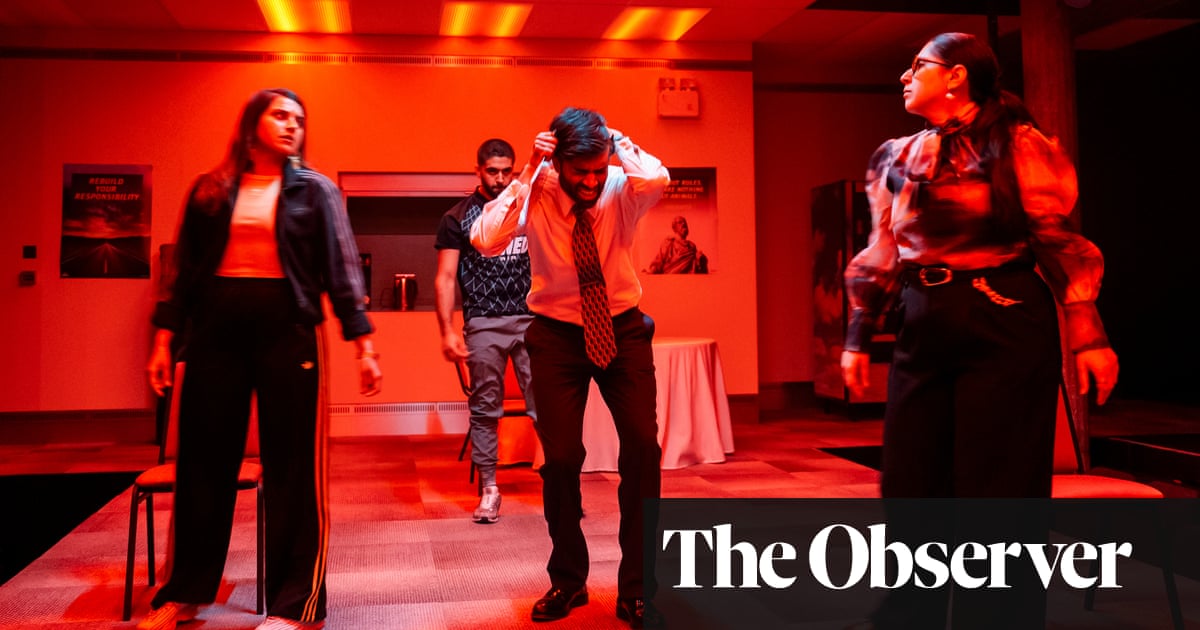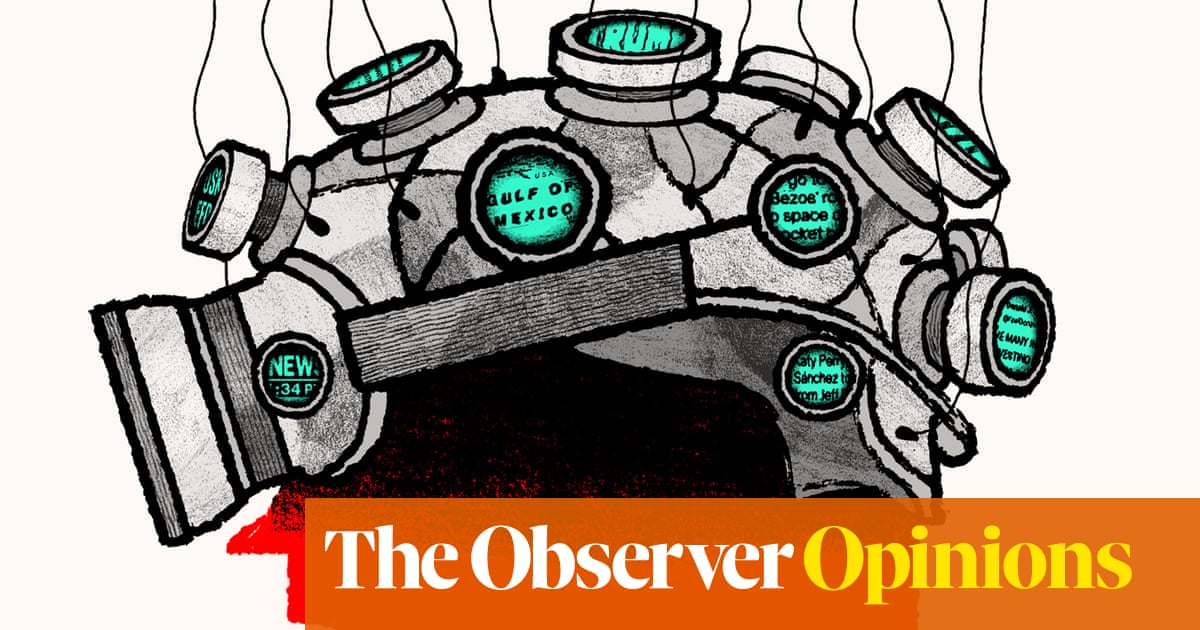The future Edward VII looks out from a white marble bust at the start of The Edwardians: Age of Elegance. His eyes have a familiar exophthalmic bulge beneath heavy Saxe-Coburg lids. The sculptor has turned the prince’s head a fraction, to give him a flatteringly distant air of authority, but is otherwise faithful to the facts: Edward’s love of upturned wing collars, of informal jackets and the wide tie knot he popularised, known to this day as the Windsor.
Edward (1841-1910) – Bertie, as he was familiarly known – was the eldest son of Prince Albert and Queen Victoria. She is said to have blamed the boy, or at least his chronic philandering, for her husband’s premature death. Prince of Wales until the age of almost 60, waiting for Victoria to give up the throne, Edward was king for barely nine years until his own death. Only the present monarch has had to wait longer.
There is much to say about Edward’s life, from his worldwide travels and incipient anti-racism to his attempts to quell the bellicosity of his nephew Kaiser Wilhelm II before the Great War. But this show is dedicated to a brief age of elegance in objects, art and clothes. It begins with that tie knot, runs through tiaras and trinkets, palace portraits and dresses to intimations of war, including a shot of the young Edward VIII at the Cenotaph. It tells royal history through atmosphere, images and spangled stuff.
Edwardian royal culture is Fabergé, Cartier, Singer Sargent and the Marlborough House set drifting about in fancy dress costumes and hazy cigar smoke. It is Biarritz and garden party summers, pouter pigeon bodices and pearl chokers, expeditions to the pyramids in white linen. Edward’s arranged marriage to the Danish princess Alexandra in 1863 brings an additional vogue for tiny waists, Copenhagen dinner services and Danish art.
Laurits Tuxen, better known for his beach scenes at Skagen in northern Denmark, is commissioned to paint a group portrait for Victoria’s golden jubilee. He crams as many members of the royal family as he can into the Green Drawing Room at Windsor. Victoria sits at the centre in her widow’s weeds; Edward stands behind her, a cameo in distracted profile, one among dozens, as if he was never really there at all.

How to stage and paint a royal portrait is in question throughout this show. Should it be doggedly accurate (Edward’s growing girth), oleaginously smooth (Alexandra’s swan neck) or cap-doffingly servile (little princesses in gilded carriages)? Sargent’s portrait of Louise, Duchess of Connaught – ineffably arrogant, one hand tensed on a side table like his celebrated Madame X – is flatteringly pale and delicate, narrowing the gap between her wide-set eyes. Jules Bastien-Lepage’s 1879 portrait of Edward is a hybrid of Holbein and pre-Raphaelite faerie fantasie, excessive attention given to the golden embroidery of the royal robes.
Although there are many painted likenesses, this is truly the age of photography. Edward and Alexandra were zealous. Their family photographs appear in crowded albums and scrapbooks, in twinkling Fabergé frames and even, in the case of Alexandra’s own early Kodak images, reproduced on teapots and cups.

Edward owned eerie photographic nocturnes by the American pioneer Alvin Langdon Coburn. He attended the Paris studio of the incomparable Nadar. This show includes Nadar’s photograph of the playboy prince in gleaming top hat, though he is almost unable to hold the theatrical cigar-and-cane pose. Another Nadar of Edward at 47, facing the camera, holds more nuance: courtesy, appetite, shyness, sorrow in one eye, good humour in the other. Edward, after all, was as complex as any other human being.

A solemn portrait of his fox terrier Caesar, who famously followed his master’s coffin at the royal funeral in 1910, returns you to Windsor tastes. Sure enough, there are images of horses and yachts. British emblems are everywhere: thistles on gilded leather screens; porcelain daffodils; shamrock-shaped snuff boxes in emerald and gold. Forget-me-nots sprout in 3D sprigs from china cups. Unwanted wedding presents, you might think, except that Edward and Alexandra apparently loved all these gewgaws. One of many excellent captions throughout tells of their deliberate massing of clutter.
It is not, alas, the business of this show to convey the terrible tensions between Victoria and Edward, or even to allude to his womanising. A gilded screen from Sandringham decorated with photographs of the great and good – medalled and mustachioed heroes of the second Boer war; images of Edwardian politicians and writers – has a panel devoted to stars of the stage. At least one of them might well have been among Bertie’s 50, perhaps more, reputed mistresses.
The Edwardians is expertly achieved, intensely popular and, in many respects, repugnant. All of which could be said of Cartier at the V&A. It takes a strong stomach to withstand such a conspicuous display of wealth at its most blindingly diamond-bright (although, of course, supreme care has been taken with the subtlest of lighting).
This once-in-a-lifetime show is full of jewels owned by royals and potentates, maharajas and sheikhs, American bankers and Hollywood stars. But it rises above this elevated gossip at every turn. Beautifully designed so that a tiara of pale blue aquamarines seems to float like stars in mist, while topaz and colossal rubies glow in spotlit darkness, it is a treasury of dazzling effects.

Cartier’s unique style is apparent throughout the opening galleries: hinge and hook, art deco rectangle, almond-shaped lozenge, shivering diamond haloes.
The source material, from Egyptian scarabs to Indian howdahs, French embroideries to Japanese watercolours, is meticulously, and honourably, presented. You are always aware, for instance, of just how much Cartier took from Fabergé.

But at what point can hard rocks be made to represent flittering butterflies, soft hair or delicate petals without some loss of impact? To see an emerald the size and shape of a credit card, and then how it is fractured into tiny shards to represent an animal’s eyes, is to sense just how excessively tortuous these designs become.
Recent Cartier creations are such grotesque pastiches of the past it is amazing that they are on display in this show at all. There is an immense distance between the Edwardian tiaras, light as air, and these knuckle-dusting chunks of bling. But money is in sight for the V&A as much as the viewer. Tickets start at £27, the show runs for seven months and is already sold out until June.
Star ratings (out of five)
The Edwardians: Age of Elegance ★★★
Cartier ★★★
The Edwardians: Age of Elegance is at the King’s Gallery, Buckingham Palace, London, until 23 November

 4 hours ago
5
4 hours ago
5


